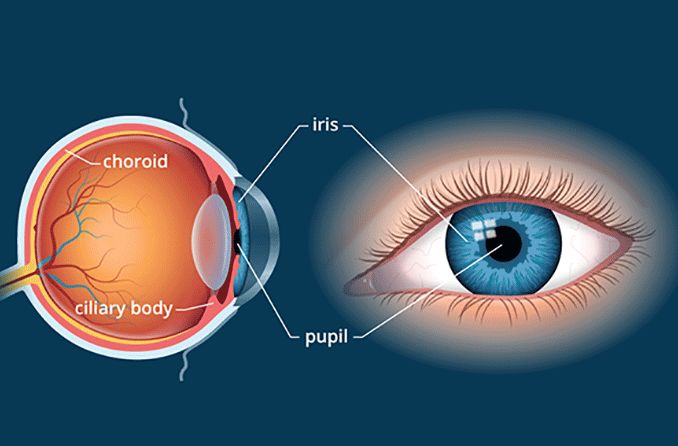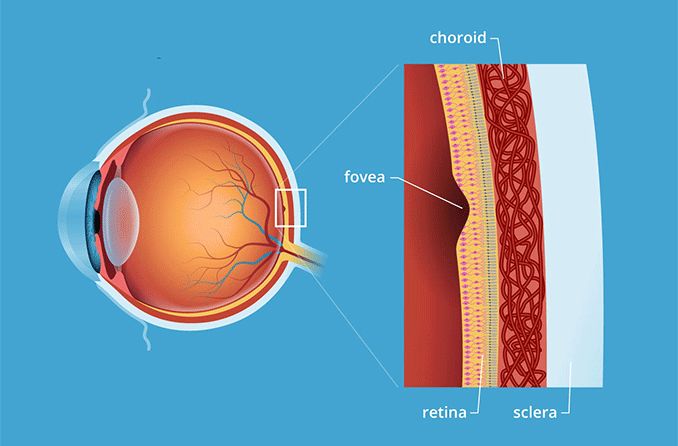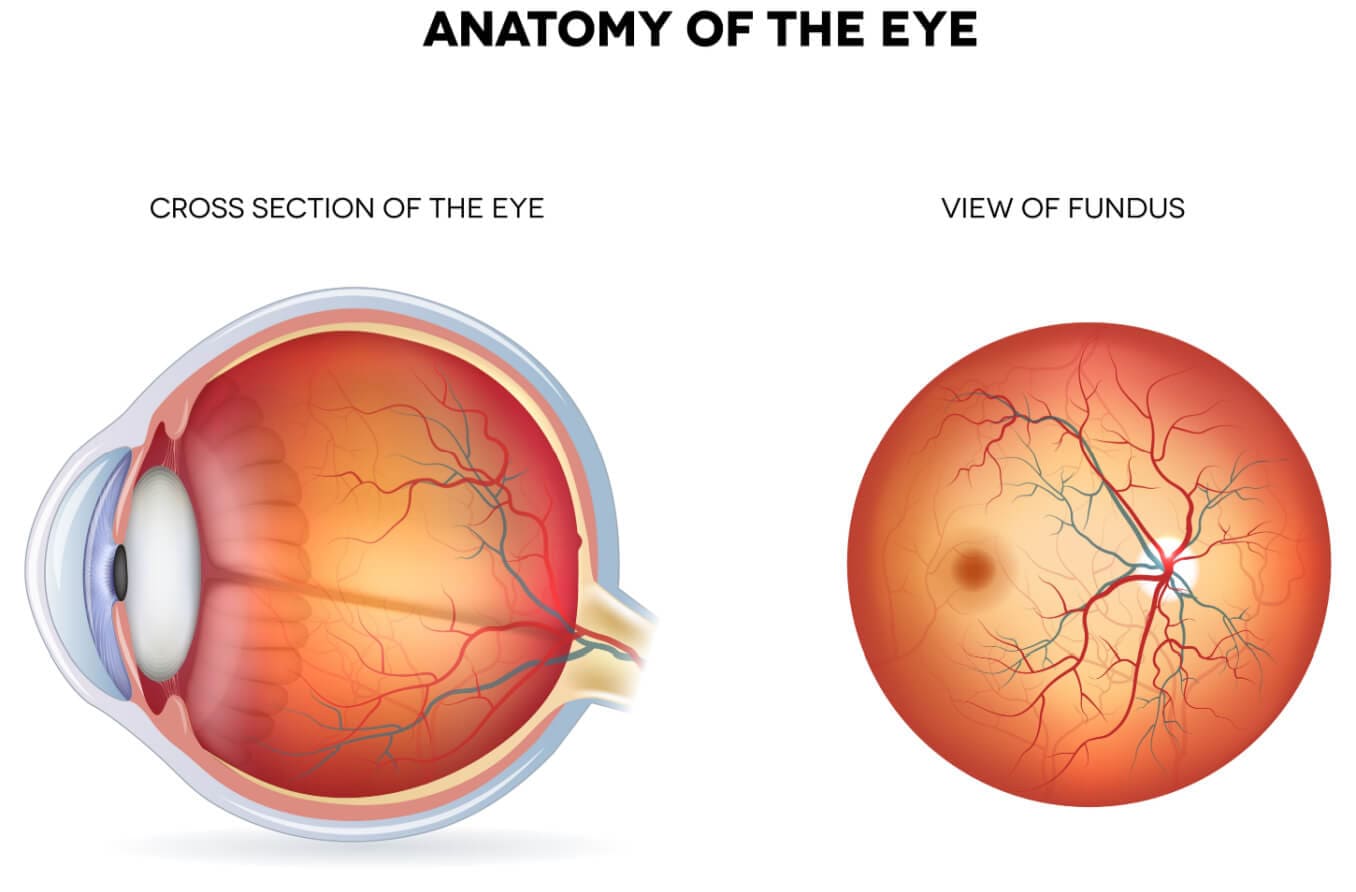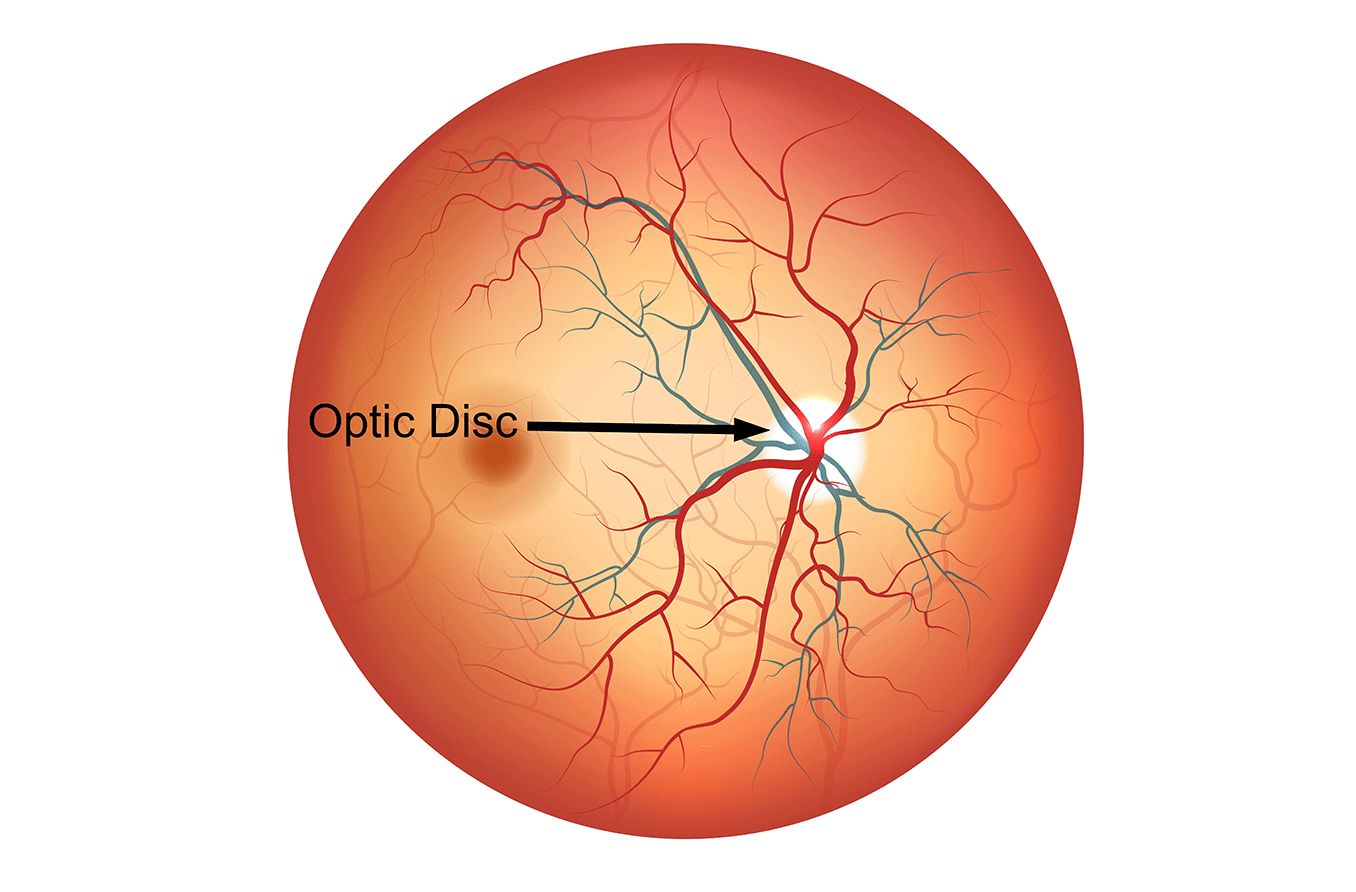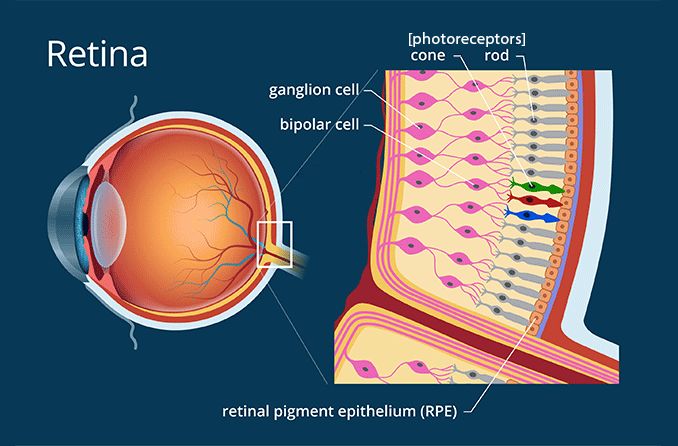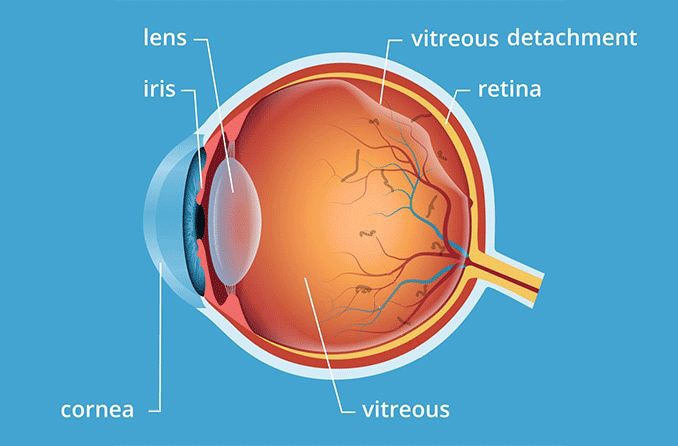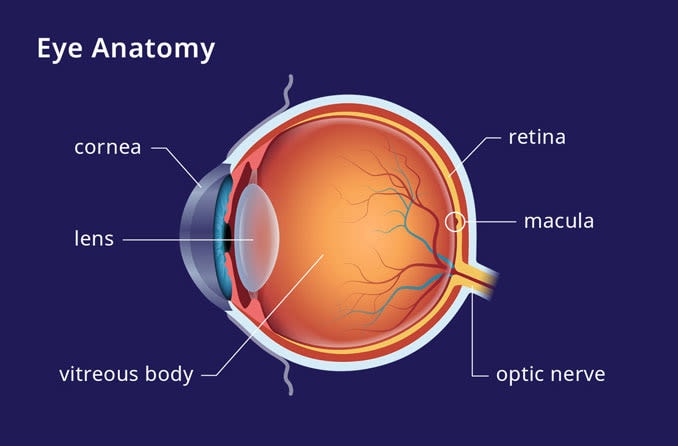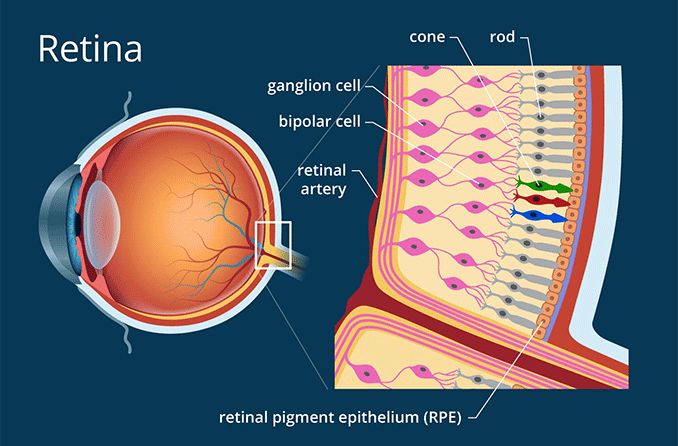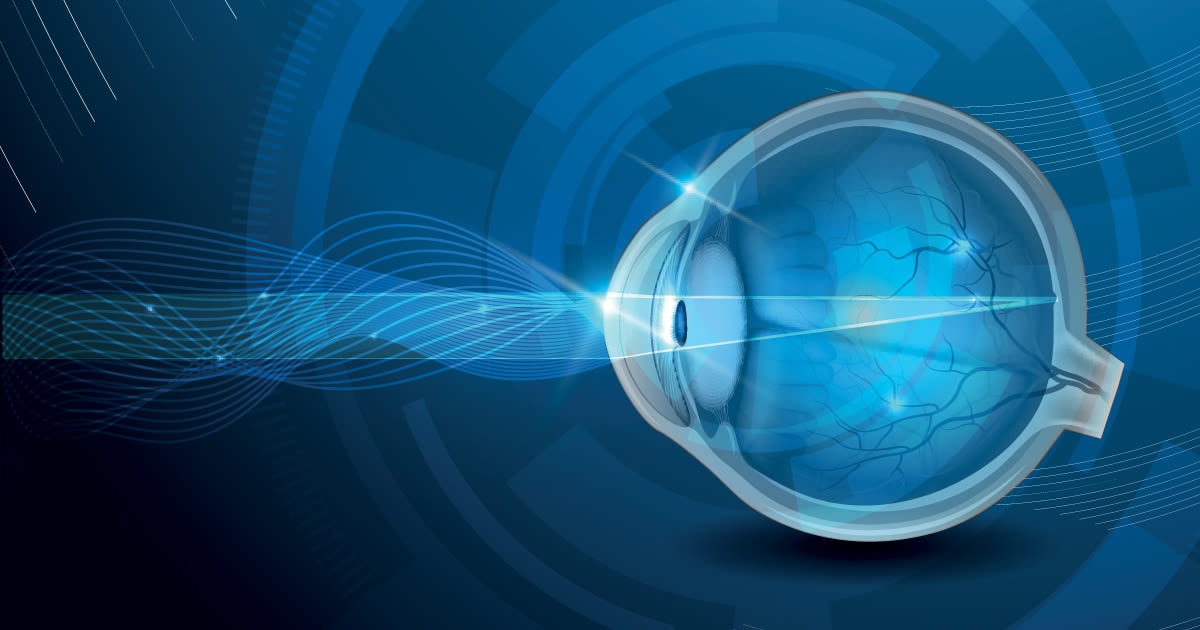The optic chiasma, or optic chiasm, is the point in the brain where the optic nerves intersect. At this junction, approximately half of the fibers from each optic nerve cross over to the other side of the brain.
This optic nerve crossover makes it possible for the brain’s visual cortex to register equal visual fields from both eyes.
Optic chiasm location and function
The optic chiasm is located in the front part of the brain. It lies directly in front of the hypothalamus, the part of the brain that controls body temperature, hunger and mood.
Long, threadlike nerve fibers, called axons, come together from the retinas to form the optic nerves of each eye. Once the optic nerves meet at the optic chiasm, axons from half of each retina cross over to the opposite side of the brain. The axons from the other half of the retina remain on the same side of the brain.
After the partial crossover of nerve fibers at the optic chiasma, the resulting two bundles of fibers are called the optic tracts. Each optic tract contains nerve fibers from both eyes — parts of the retina that correspond to specific parts of the visual field. The optic tracts then relay this “binocular” information to the visual cortex of the brain.
Conditions that affect the optic chiasm
Conditions that can affect the health and function of the optic chiasm include:
Pituitary adenomas, which are growths or tumors on the pituitary gland. They are often benign (non-cancerous) and will not spread to other parts of the body. However, they can become large and put pressure on surrounding structures, such as the optic nerves and optic chiasm.
Benign or cancerous tumors, called optic gliomas, or cysts that grow in the chiasm or branch off from hypothalamic tumors.
Inflammatory conditions, such as multiple sclerosis.
Blood vessel disorders, including blood clots and deep vein thrombosis.
Bacterial infections , such as Lyme disease.
Viral infections, including measles, mumps and herpes.
READ NEXT: What is the Optic Disc
Importance of routine eye exams
The optic chiasm is a vital part of the brain’s visual pathway, and its health is essential for clear and comfortable binocular vision. Since it’s an internal structure of the eye, however, it can be difficult to know when there’s a problem with the optic chiasm.
A comprehensive eye exam is the best way to make sure all parts of the eye — internal and external — are looking and working as they should.
If you notice any unexplained changes in your vision, it’s important to see an eye doctor. They will be able to pinpoint the problem and establish a treatment plan to restore health to your eyes and clarity to your vision.
READ MORE: Optic neuritis and neuropathy: Symptoms, causes, treatments


